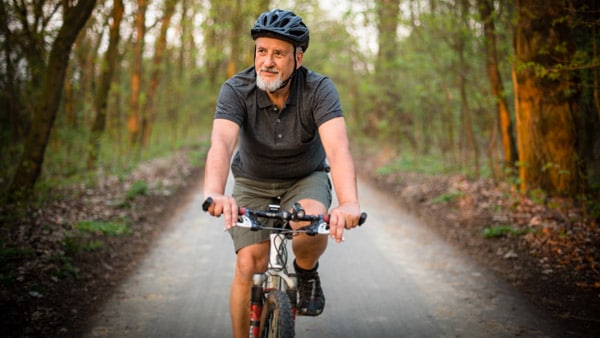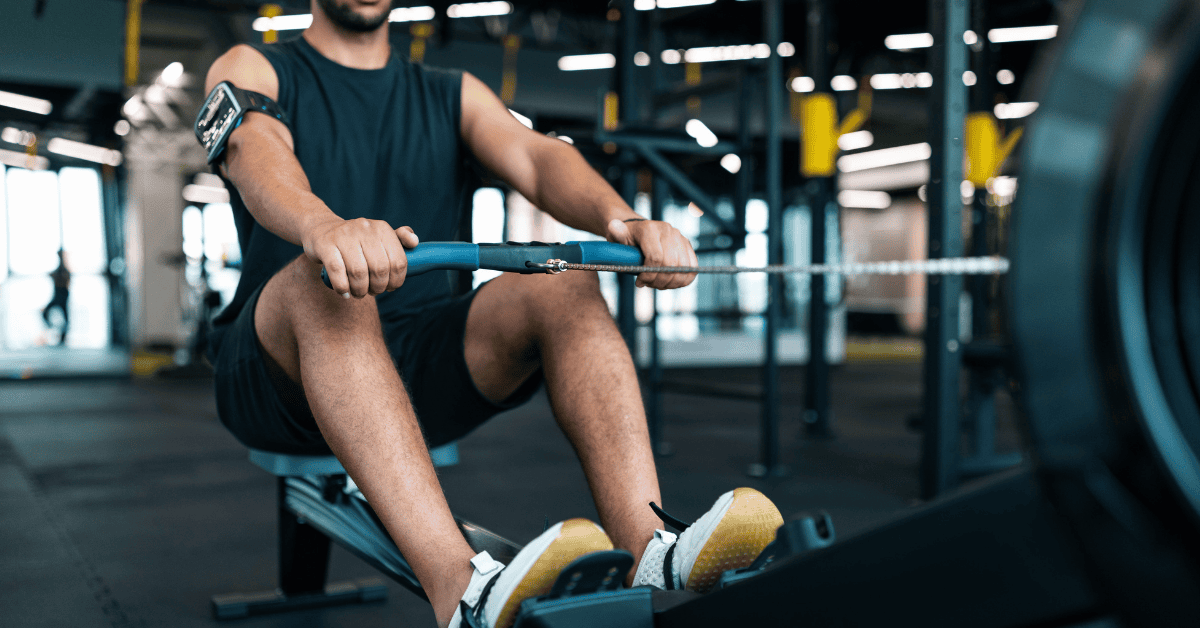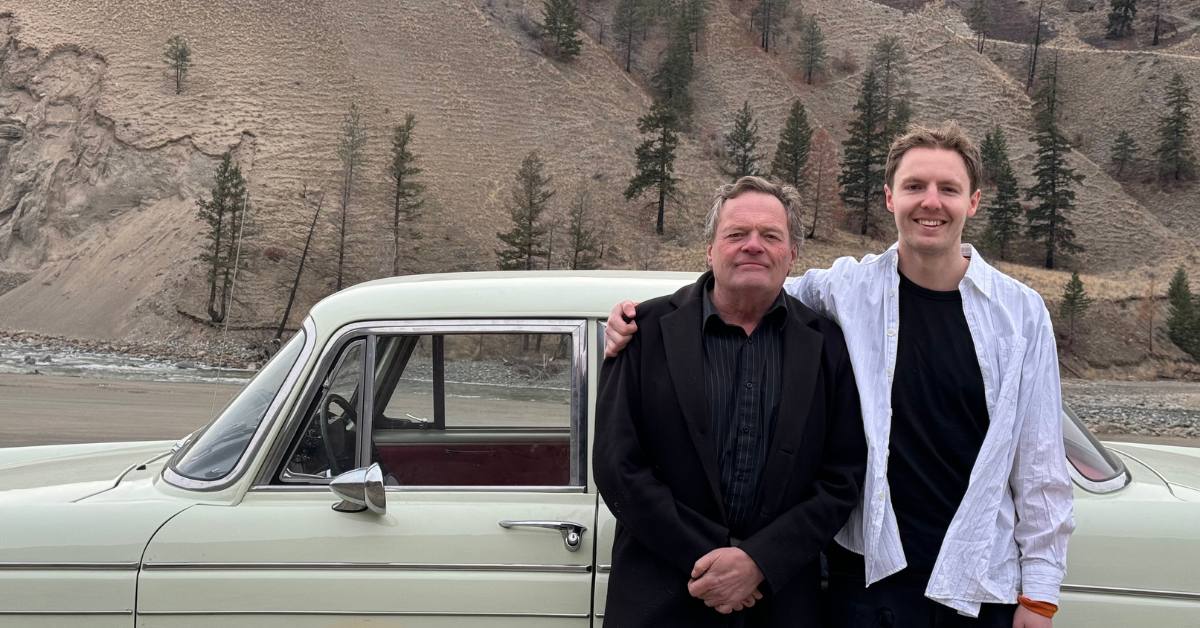If the idea of “beast mode” workouts makes you want to lie down, you’re not alone. Here’s the thing: You don’t need to go all-out to get results. Low-intensity workouts—like brisk walking, swimming, or casual cycling—can improve heart health, boost your mood, and build long-term strength without pushing your body to the brink.
Consistency beats intensity every time. This article explains why low-intensity exercise is effective and how simple, sustainable workouts can help keep you motivated to continue.
What is a low-intensity workout?
Any activity that elevates your heart rate to 57-63% of your max, typically for 30 minutes or more, but allows you to maintain a conversation, is considered a low-intensity workout.
Low-intensity workouts can provide similar benefits to high-intensity ones, but they’ll need to be twice as long as higher-intensity workouts to experience the same calorie burn.
Who should try low-intensity workouts?
- Beginners easing into fitness
- Anyone returning after injury or an extended break
- Older adults seeking joint-friendly movement
- People with heart or joint concerns (doctor-approved, of course)
- Busy dads who don’t have the time or energy to go full-out
- Guys with nagging injuries (if you know, you know)
- Men noticing changes in energy, sleep, or mood, but don’t want to sign a CrossFit waiver
- Anyone whose metabolism isn’t what it used to be
Benefits of low-intensity exercise
Stronger heart, lungs, muscles and bones—similar to a more intense session—are just some of the benefits of low-intensity workouts. They can also:
- Increase your aerobic capacity (your body’s ability to use oxygen during exercise)
- Help your body break down carbs and fats for fuel
- Strengthen your slow-twitch muscles
- Move oxygen more effectively to your muscles, keeping your body running like a well-oiled, workout-gear-clad machine.
Other benefits of low-intensity training include an endorphin rush (feel-good chemicals released by your brain) to help improve your mood, increased joint mobility and reduced stiffness, better balance, and improved sleep. It can also help you manage or prevent health concerns like high blood pressure, type 2 diabetes and heart disease.
Most of all, low-intensity exercises might be more enjoyable as you ease into exercise, making it more likely you’ll stick with your program than that gruelling routine you had in mind originally.
Heart rate zone for fat burning
To make low-intensity workouts effective, aim to stay in the right heart rate zone. This is typically 57 – 63% of your maximum heart rate.
Here’s how to find that zone:
- Calculate your max heart rate:
220 – your age = your maximum heart rate (MHR) - Find your target zone:
Multiply your MHR by 0.57 and 0.63 to get your ideal range for low-intensity activity.
For example, if you’re 40:
- 220 – 40 = 180 bpm (max heart rate)
- 180 × 0.57 = 103 bpm
- 180 × 0.63 = 113 bpm
So, your low-intensity heart rate zone would be around 103 to 113 beats per minute.
You should be able to talk without gasping, but still feel your heart working. That’s the sweet spot for fat-burning, endurance-building cardio.

Low-intensity workouts to try
There are numerous ways to develop a habit of low-intensity exercise, including simple day-to-day activities, like household chores. Consider adding the following low-intensity workouts to your routine:
1 – Walk at a brisk pace
Walking is an easy way to get your heart pumping. Did you know that walking for 150 minutes a week can reduce the risk of most chronic diseases by 25 to 50 percent? That’s a lot! With the nice weather here, getting active is as simple as stepping out of your front door for 30 minutes.
2 – Cycle at a casual pace

With high gas prices, hopping on a bike is more appealing than ever. And more importantly, biking to work has been associated with a lower risk of cardiovascular disease, cancer, and premature death. It’s also a great way to boost your mood after a long day at work.
3 – Use an elliptical machine
The elliptical offers a full-body, low-impact workout that’s easy on your knees, hips, and ankles because your feet stay planted the entire time. It’s a solid choice if you’re dealing with joint pain or recovering from an injury (looking at you, Gen X and elder Millennials).
4 – Swim laps
Swimming is excellent for people of all ages. Alongside getting your heart rate up, it works out the muscles in your entire body. It also helps you to have good posture, which means you can avoid getting hunched over as you age.
5 – Row at a steady pace
Rowing is gentle on your joints and an excellent way to increase your heart rate. It’s often a go-to for active recovery because you control the pace and movement. Throw on your headphones, press play on your favourite podcast, and get moving.
6 – Jog lightly
Just as rookie jugglers should start with beanbags before working their way up to chainsaws, the expression “walk before you run” is a great tip to ease into jogging. Next time you head out for a refreshing 30-minute walk, bust out one minute of light running every five minutes. Then slowly work your way up to the full 30 minutes, one minute of jogging at a time.
7 – Lift weights slowly
Do fewer reps at a slower pace. Here’s how to do it: lift the weights at a steady pace for 10 to 14 seconds, then release them slowly for 5 to 10 seconds. You only need to do five reps per set at this slow pace. An older study shows that this method increased the muscle strength of untrained middle-aged men and women by 50 percent in 8 to 10 weeks.
Tips to build the habit
So how do you make this more than a one-week wonder? The best workout is the one you’ll keep doing. Start with 15–20 minutes of walking, biking, or light movement a few times a week, then build from there. Try stacking it onto something you already do—like walking after lunch or cycling to work.
The goal isn’t perfection—it’s consistency. Pick something you enjoy and make it easy to repeat. That’s how fitness becomes a habit, not a chore.
What are some low-intensity activities you swear by for that fitness kick? Let us know in the comments!






Let’s Talk!
Did you enjoy this article? Let us know in the comments.
0 Comments